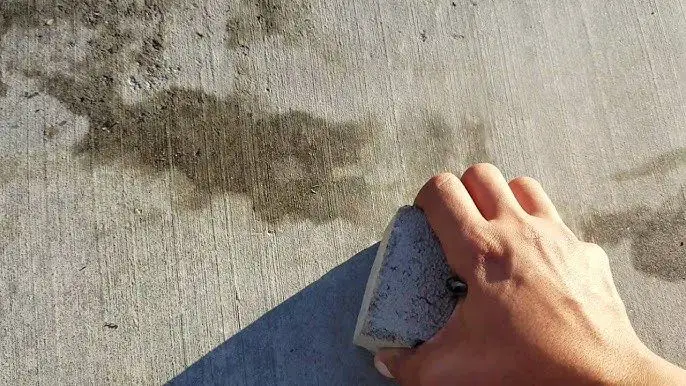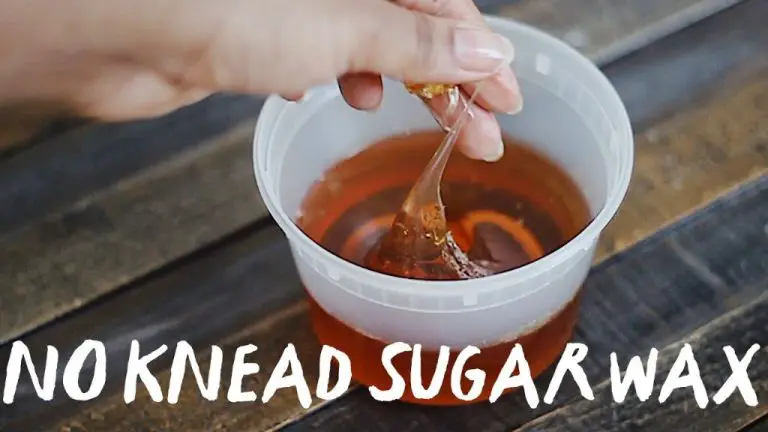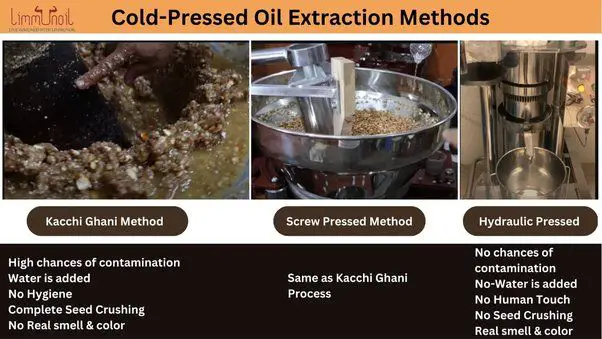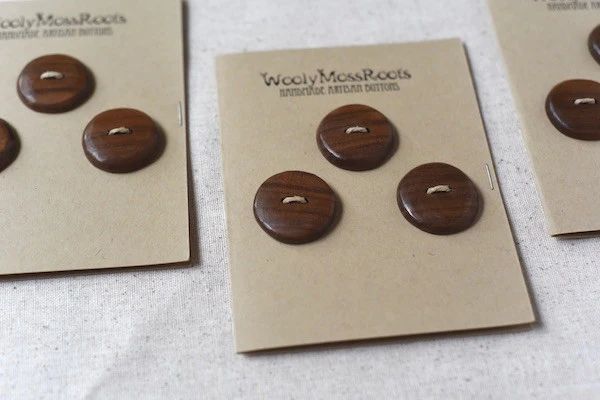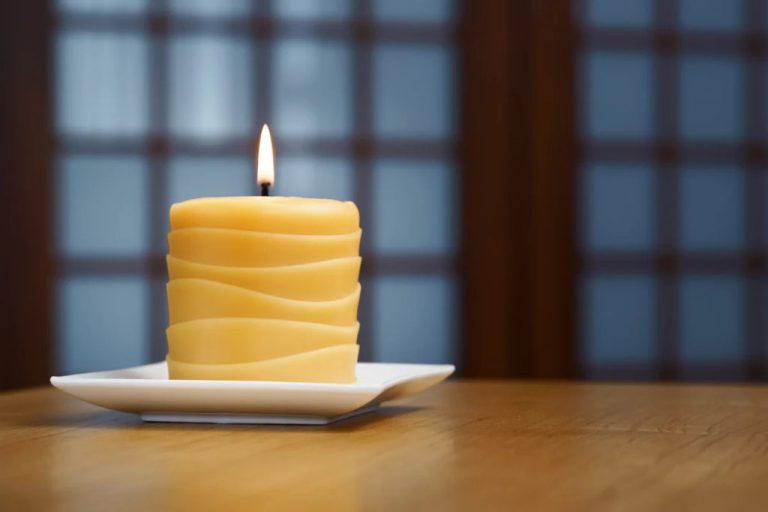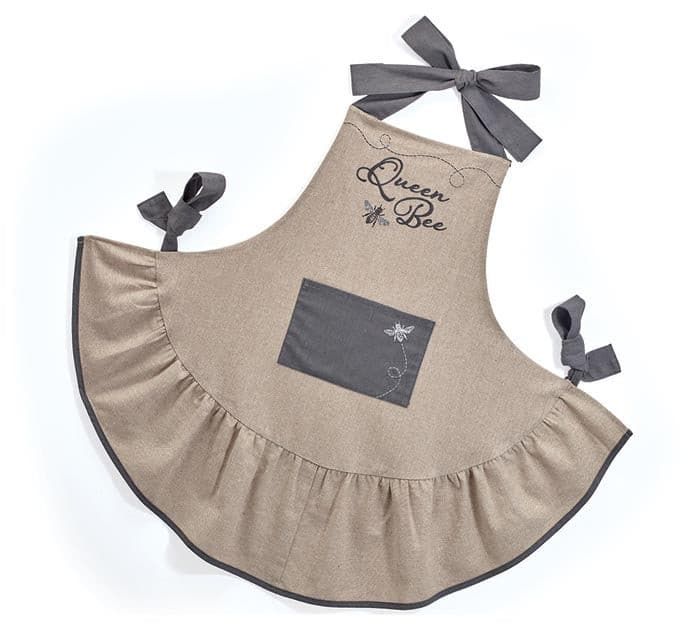What Happens To The Wax In A Dripless Candle?
Candlemaking dates back thousands of years, with early candles being made from animal fat and plant waxes like beeswax. These simple candles often dripped wax as they burned, requiring the use of candle holders to catch the dripping wax.
Traditional candles work by using a wick to draw liquid wax up via capillary action. As the wick burns, it melts the solid wax above it into liquid fuel. This liquid wax is then drawn up the wick, where it vaporizes and combusts with the help of oxygen in the air. The heat of the flame melts more solid wax, continuing the burning process.
Dripless candles were developed in the late 20th century as a cleaner alternative to traditional candles. They utilize special waxes and wick designs that allow the wax to melt into a liquid when lit, but then re-harden just below the wick. This traps the heat and prevents the liquid wax from dripping down the sides of the candle while burning.
Wax Chemistry
Paraffin wax, the main component of candle wax, is composed of hydrocarbons derived from petroleum. It is a viscous liquid at room temperature and becomes solid between 40-60°C. The melting point of wax depends on the length of the hydrocarbon chains, with longer chains resulting in higher melting points.
When wax is heated, the hydrocarbon molecules gain energy and begin to move freely, transitioning from a fixed solid state to a liquid state. The increased molecular motion breaks the intermolecular attractions between wax molecules, allowing them to flow past each other. As heat is removed, motion decreases, intermolecular forces re-form, and the wax returns to a rigid solid state.
The viscosity of liquid wax also depends on temperature – the hotter the wax, the more fluid it becomes. Candle waxes are formulated to have an optimal viscocity in their molten state to allow effective capillary action for wick uptake while resisting drips.
Wick Design
The wick is a key component that affects how evenly and smoothly a candle burns. Wicks are normally made from braided cotton, but can also be crafted from paper, wood, or metal. The materials and technique used in braiding the wick impact the candle’s burn rate.
A tighter braid provides more capillary action, wicking the melted wax up faster. This causes the flame to burn hotter and brighter. However, too tight of a braid can result in issues like tunneling. A looser braid slows down wax delivery to the flame. This makes the flame burn cooler and prevent dripping, but too loose and the flame can become inconsistent or blow out more easily.
The thickness of the wick also matters. A thicker wick has a larger surface area for delivering melted wax to the flame. This usually creates a larger flame and hotter burn. But if too thick for the melted wax pool, it can result in dripping, smoking, or the wick bending over into the melted wax.
Finding the optimal braiding and thickness for a wick is essential to achieving an even, consistent burn without any wax dripping down the sides in a dripless candle. Wick testing is an important part of designing high quality dripless candles.
Dripless Candle Wax
One of the key factors in creating a dripless candle is using a wax with specific properties. While standard candles are made from paraffin wax, most dripless candles use a mix of waxes to achieve the right consistency and melting point.
Common waxes used in dripless candles include paraffin, beeswax, soy wax, palm wax, and gel wax. These waxes have different melting points, ranging from 120-160°F for paraffin to 140-170°F for soy and beeswax. Dripless candle manufacturers blend the waxes to create a formula with a melting point around 130-140°F.
In addition to melting point, the viscosity of the wax is important. Thicker, more viscous waxes flow slower when melted which helps with the dripless effect. Beeswax and soy wax tend to be thicker than paraffin. Again, blending the waxes allows manufacturers to achieve an ideal viscosity.
The formulas for dripless waxes are proprietary to each candle company. But in general, they contain a mix of high and low melting point waxes to hit the target melting range, as well as both thick and thin waxes to get the viscosity right. The result is a specially engineered wax that melts slower, pools deeper, and flows less.
Wick Movement
A key design element of dripless candles is creating a mechanism to bend or extinguish the wick as the wax melts. This helps prevent the melted wax from reaching the tip of the wick and dripping down the sides of the candle.
One common approach is to attach the wick to a metal disc or piece of wire embedded in the wax above the base of the candle. As the wax melts, the wick bends with the wire or disc toward the melting wax pool. This brings the wick closer to the liquid wax surface rather than sticking straight up high above it.
Some candle designs also incorporate a specially treated wick that is designed to curl over on itself as it softens from the heat of the melting wax. This causes the tip of the wick to bend sideways into the wax pool instead of standing upright. The curled wick tends to extinguish itself as it becomes saturated with liquid wax.
Strategically bending and extinguishing the wick helps prevent wax from reaching the wick tip and dripping down the candle. This is key to creating a dripless candle design.
Re-hardening the Wax
A key aspect of how dripless candles work is the re-hardening of the melted wax around the wick. As the candle burns, the flame melts the wax into a liquid state so it can travel up the wick via capillary action. However, the melted wax doesn’t just drip off the candle. This is because the wick is designed in a specific way to control heat dissipation.
As the wax melts, heat builds up around the wick. The wick then dissipates the heat along its length and width instead of allowing it to concentrate near the flame. This allows the melted wax to quickly re-solidify around the wick as it moves just slightly above the flame. The wax essentially re-hardens into place, climbing up the wick while also forming a “pool” of liquid wax at the top. This liquid pool sustains the flame while the solidified wax below prevents major dripping.
Through careful wick design that promotes lateral heat dissipation, dripless candles allow just enough wax to liquify to fuel the flame. But excess dripping is avoided as the wax rapidly re-solidifies around the wick, creeping upward while maintaining the candle’s shape.
Other Dripless Designs
Beyond just the wax and wick, the overall shape and container of a candle can also improve its dripless capabilities. Here are some common design approaches:
Votive Candles – These small candles in short, wide containers limit the heat buildup and melted wax pooling. Less exposed melted wax means fewer potential drips.
Pillar Candles – Tall, vertical candles allow melted wax to redeposit on the candle’s sides. The straight walls also prevent spilled wax from reaching the edges.
Container Candles – Many candles today come in cups, jars, or cans. The container catches any wax that might drip over the rim. The close fit between wick and container also limits heat dispersal.
Candle shapes that minimize surface area and wax pooling, like rounds instead of squares, further reduce dripping potential. Simple enhancements like these allow more candle designs to burn drip-free without complex wax chemistry innovations.
Manufacturing Process
To produce dripless candles on a commercial scale, manufacturers use specialized equipment and techniques to control quality. The process starts by melting large vats of wax to a precise temperature. The wax composition is carefully formulated to have a higher melting point and optimal viscosity for a dripless pour. After blending the wax, coloring and scents are added as desired.
The wicks are assembled on high-speed spooling machines that insert the wicks into the wick tabs or holders. The wicks are tensioned to control how they move in the melted wax. The wicks are then automatically inserted into the molds before pouring the wax.
For filled containers like jars, the wax is poured at a controlled rate until the candle receptacle is partially full. As the wax cools, production workers embed decorations or scents if needed. The wax finish and seam lines are inspected throughout the process. Once fully hardened, the candles are removed from the molds and undergo final testing. Quality control checks aspects like wick placement, surface defects, color consistency, and fragrance throw. Rigorous burn testing tracks parameters like melt pool diameter and burn time to meet safety and performance standards.
Automated production with stringent quality control allows manufacturers to efficiently produce dripless candles in large volumes while ensuring consistent performance and aesthetics.
Environmental Impact
Dripless candles can have a positive environmental impact compared to traditional candles. Since the wax pools into the candle instead of dripping down the sides, there is less wasted melted wax. A standard candle can lose up to 30% of its wax to dripping and waste, whereas dripless candles retain almost all of their wax during burning. This reduction in wasted wax makes dripless candles more sustainable and environmentally friendly.
Dripless candles are also often made from natural waxes like soy, palm, or beeswax. These natural waxes are renewable resources compared to paraffin wax which is petroleum based. Using renewable waxes reduces reliance on fossil fuels. Manufacturers are also exploring ways to make dripless candles from recycled materials or to recycle used dripless candles into new ones. These innovations make dripless candles a greener option.
More research is still needed into the total lifecycle and carbon footprint of dripless candles. But their ability to reduce wasted wax during use makes them one of the more sustainable candle options currently available to consumers looking for an environmentally responsible choice.
The Future of Candlemaking
The candlemaking industry continues to innovate with new wick and wax technologies to meet evolving consumer demands. Some key trends shaping the future of candlemaking include:
Advances in wick technology that allow for more even, consistent burning without annoying byproducts like smoke or odor. This includes braided cotton wicks coated in special sulfur-free formulas and “memory” wicks made from paper-based fibers that remember their original shape. These wicks are becoming standard as consumers desire cleaner-burning candles.
New soy, vegetable, and beeswax blends that burn longer and cleaner than paraffin wax. These natural wax alternatives appeal to eco-conscious consumers. Scent trends are shifting toward more natural essential oil blends versus synthetic fragrances. We can expect more artisanal, small-batch candles made from eco-friendly ingredients.
Growth in candle accessories like electronic candle warmers that melt candles without a flame. Candle warmers appeal to design-focused consumers who want the scent without lighting a wick. Smart candles with Bluetooth connectivity may also emerge, allowing users to control and customize their candle experience from an app.
As the demand for safe, eco-friendly candles grows, candlemaking will shift toward sustainable production methods and biodegradable, non-toxic materials. While paraffin wax will remain common, there will be more emphasis on natural waxes and lead-free, cotton-based wicks. The industry will continue innovating to align with consumer values around health and sustainability.

